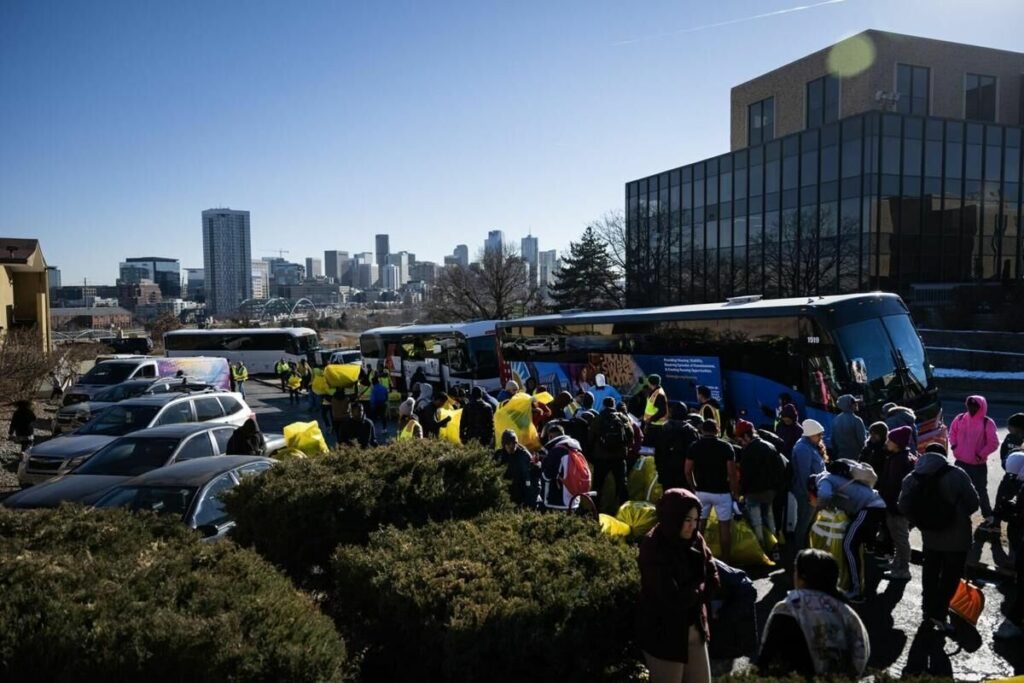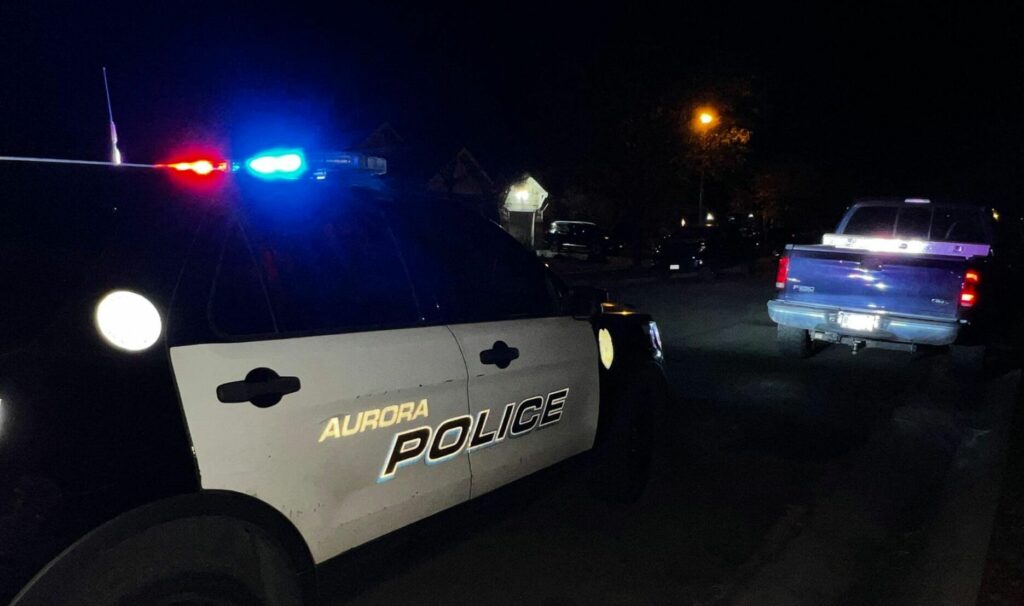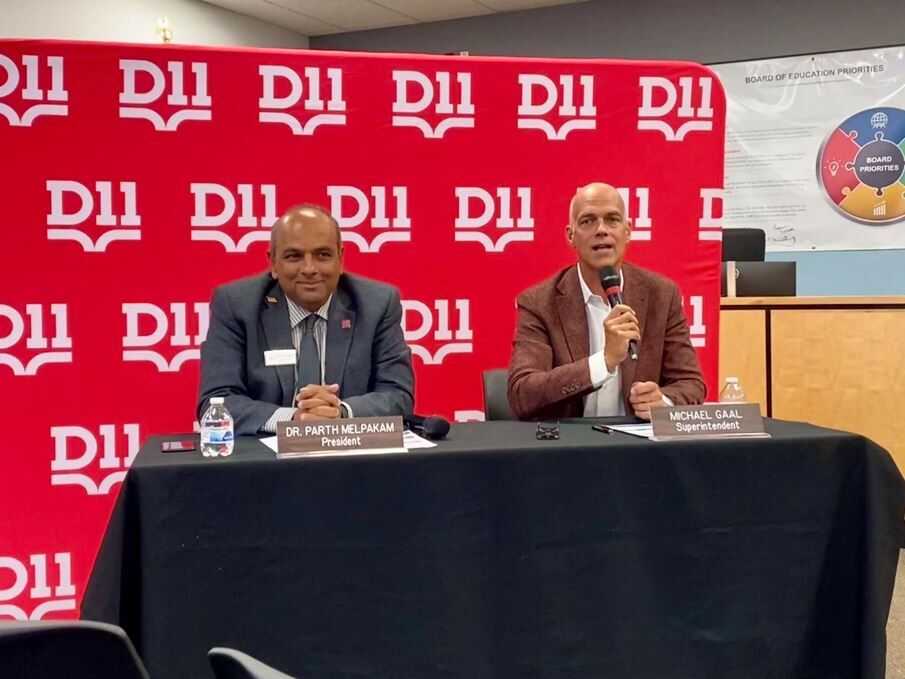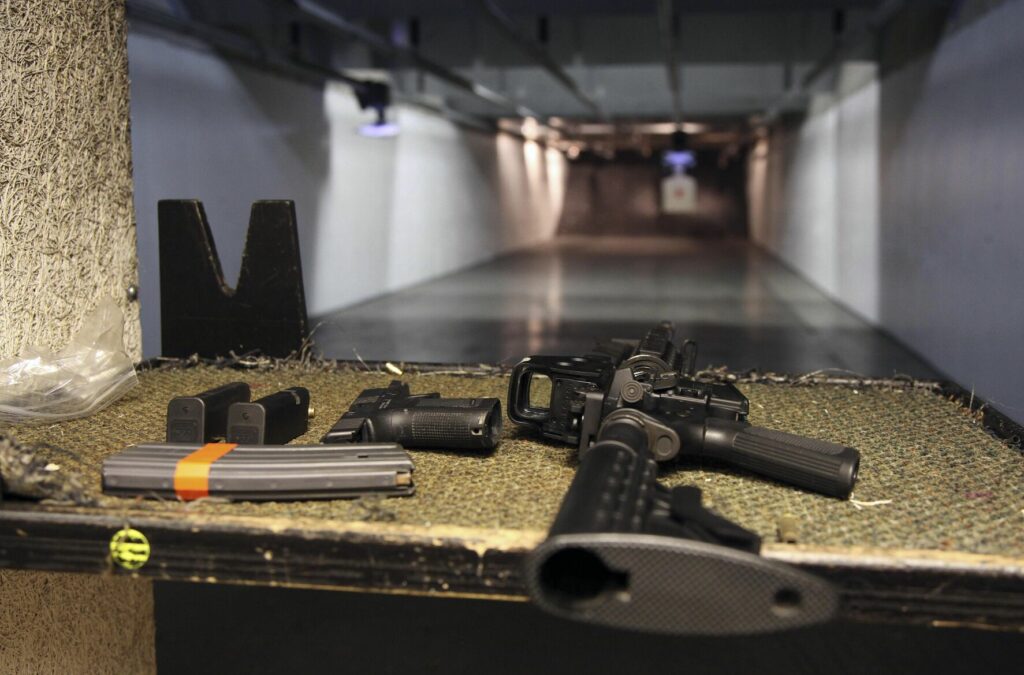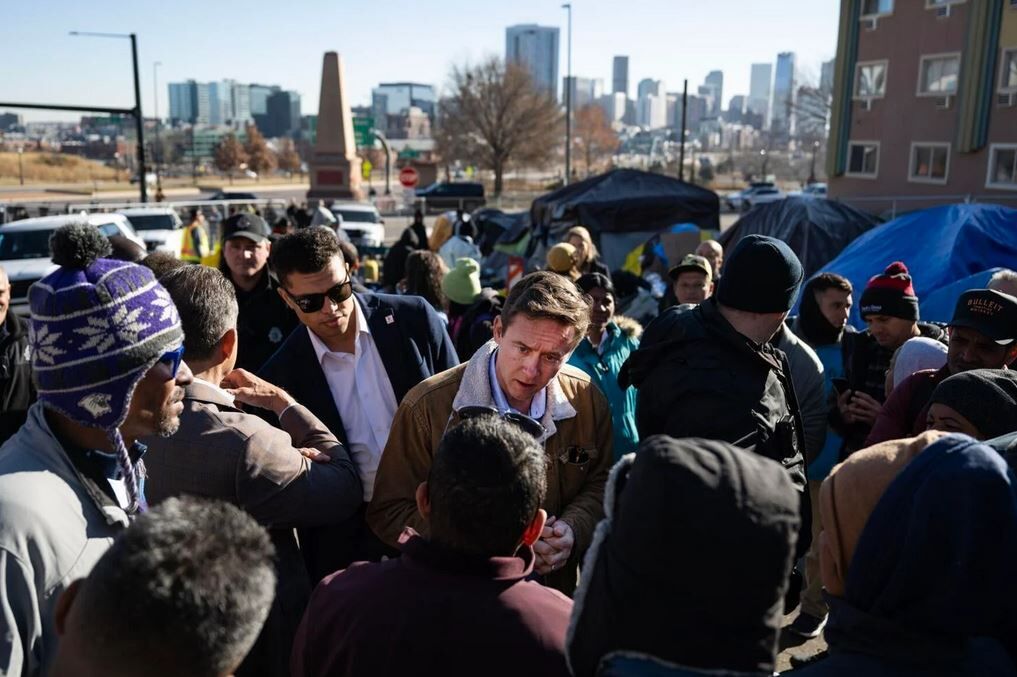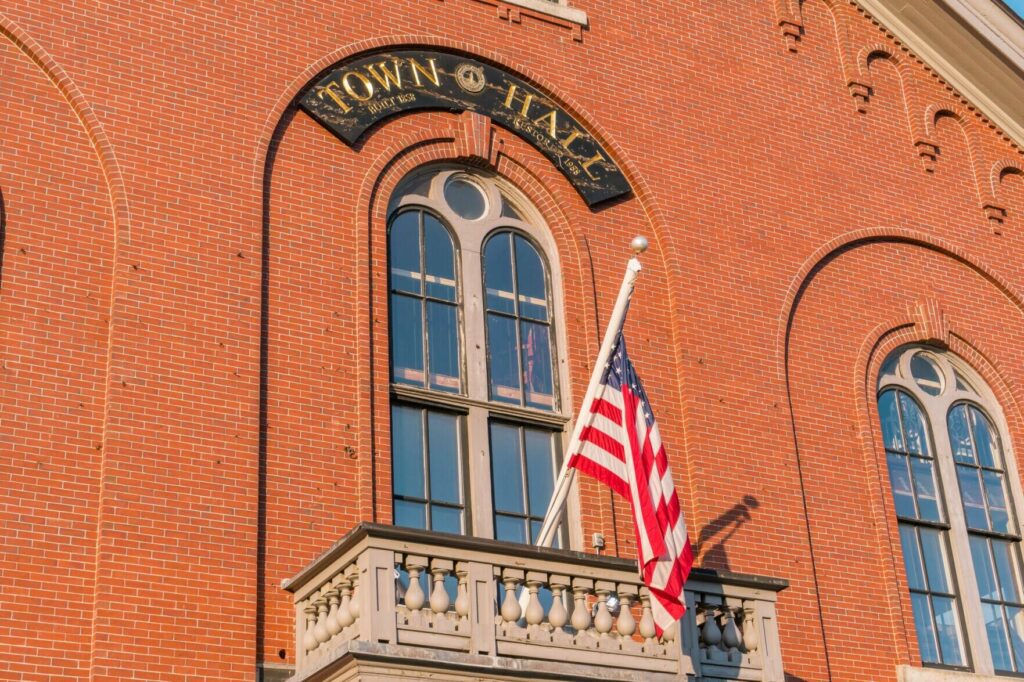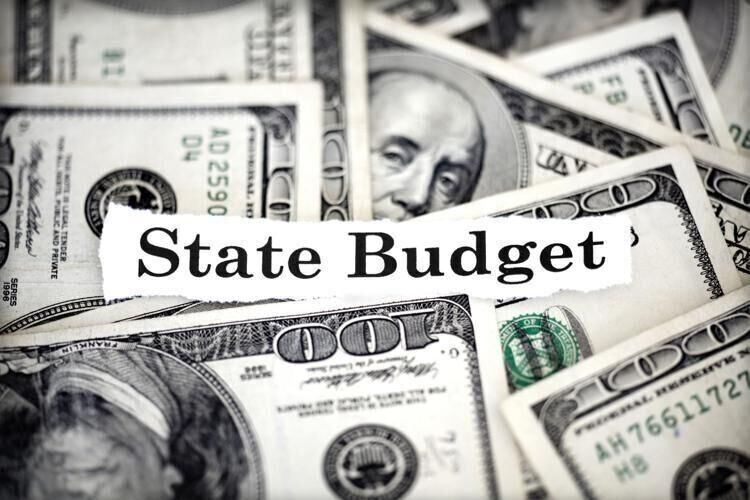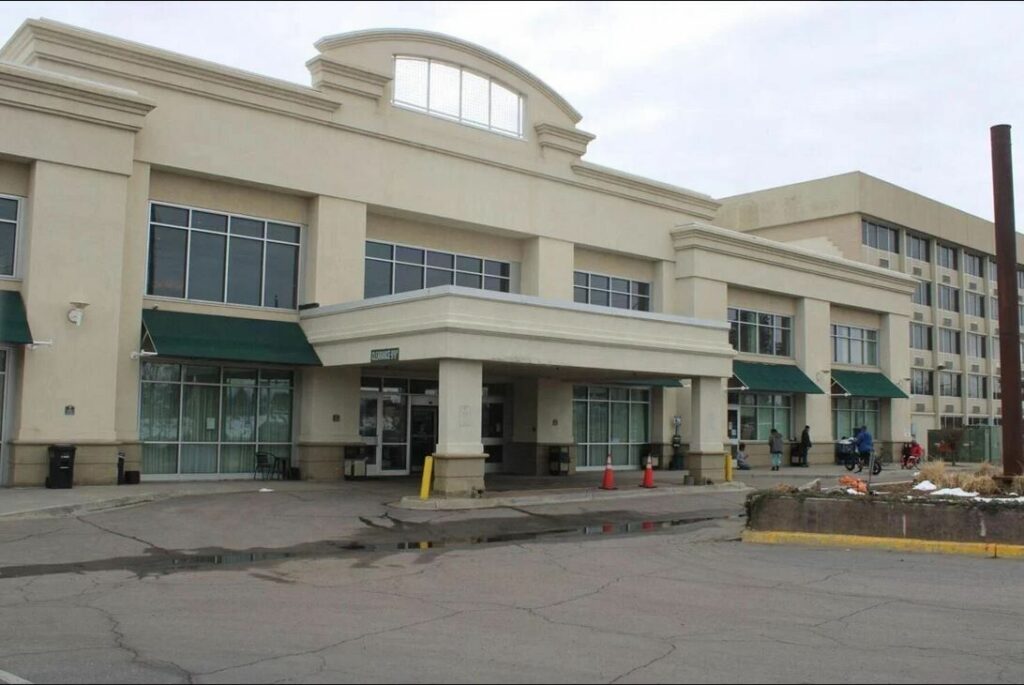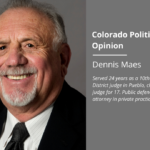‘Electrification’ fizzles in Colorado’s cold | Denver Gazette

Colorado’s policymaking brain trust aims to take away our natural gas-fired furnaces, sooner or later, to make way for an all-electric future.
For now, that agenda is taking shape in narrower restrictions, like Denver’s new building code adopted earlier this year, which bans gas furnaces and water heaters in new commercial and multifamily construction starting in 2024. But ever-broader bans are sure to follow.
You may wonder what, if not natural gas, Coloradans will use to heat their homes and businesses on those frigid January nights.
Heat pumps move heat from a cool space to a warm space by transferring thermal energy. But if the cool place is too cold, there’s not much heat to transfer. Which is why heat pumps seem to do the trick in climates with moderately chilly winters like Texas or the desert southwest.
Stay up to speed: Sign-up for daily opinion in your inbox Monday-Friday
And it’s why many Coloradans, by contrast, never have heard of them.
It’s also why new research findings on the efficacy of heat pumps in Colorado’s cold shouldn’t surprise anyone. Spoiler alert: They fail miserably.
As reported in The Gazette this week, research by Colorado’s largest public utility, Xcel Energy, and the federal government’s National Renewable Energy Laboratory in Golden, looked at the viability of heat pumps for space heating and for their potential for reducing greenhouse gas emissions. The study found that air-source heat pumps perform up to 10% less efficiently at higher altitudes and cannot heat effectively at temperatures below 40 degrees.
That’s right, 40 degrees. Never mind winter; that’s a typical temperature on any spring or fall morning along the Front Range.
In a Q&A with our news staff, Jeff Lyng, area vice president for energy and sustainability policy at Xcel, said, “…when it’s coldest out in the wintertime, and given where the technology is today, we do think customers are going to need some form of backup. They’ll need to keep or maintain their existing gas furnace or boiler for those really, really cold temperatures.”
Backup? Meaning, the heat pumps can’t cut it in the cold?
“…Based on what we know right now and where the technology is today, which we have to be really clear-eyed about and realistic about, heat pumps do suffer a degradation (of) performance at colder temperatures and … (at) temperatures below zero, even cold-climate heat-pump technology ceases to operate as a heat pump,” Lyng said. “We think especially for existing homes, the best approach is probably a heat pump, plus the existing gas system.”
In other words, we’ll all need two heating systems where one used to do just fine. One will be to please policymakers; the other one actually will heat your home. Assuming, of course, the powers that be allow natural gas to keep flowing at all.
“I would say it’s a continuum at relatively mild temperatures, say above 40 degrees Fahrenheit,” Lyng said, “(at which) a heat pump might typically be able to supply all of the space-heating needs. At lower than that, you’re going to see more dual-system operation, where the heat pump is running, or the gas furnace or boiler also kicks on. So, you’re running two heating systems at very, very cold temperatures.”
Will that cold, hard science on heat pumps cool the superheated enthusiasm of our policymaking visionaries in their headlong rush toward total electrification? Let’s hope so.
Denver Gazette Editorial Board




